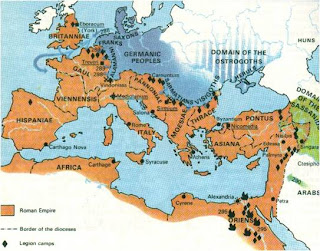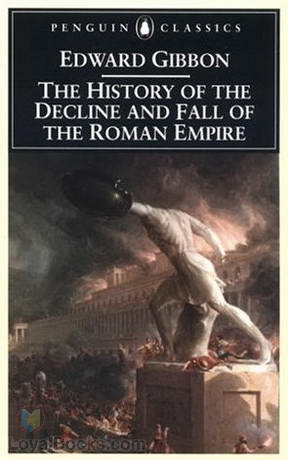
seem to have only one manner of thinking and feeling, and that is the manner of the author.” When we listen to a tale, we need to take into account the teller.

“Every man of genius who writes history,” he maintained, “infuses into it, perhaps unconsciously, the character of his own spirit. Gibbon would not, in theory, at any rate, have disagreed.

And maybe we can picture, as in a Piranesi etching, the young Englishman (Gibbon was twenty-seven) perched on the steps of the ancient temple, contemplating the story of how Christianity plunged a continent into a thousand years of superstition and fanaticism, and determining to make that story the basis for a work that would become one of the literary monuments of the Enlightenment.ĭoes it undermine the gravitas of the moment to know that, as Richard Cohen tells us in his supremely entertaining “ Making History: The Storytellers Who Shaped the Past” (Simon & Schuster), Gibbon was obese, stood about four feet eight inches tall, and had ginger hair that he wore curled on the side of his head and tied at the back-that he was, in Virginia Woolf’s words, “enormously top-heavy, precariously balanced upon little feet upon which he spun round with astonishing alacrity”? Does it matter that Gibbon’s contemporaries called him Monsieur Pomme de Terre, that James Boswell described him as “an ugly, affected, disgusting fellow,” and that he suffered from, in addition to gout, a distended scrotum caused by a painful swelling in his left testicle, which had to be regularly drained of fluid, sometimes as much as three or four quarts? And that when, late in life, he made a formal proposal of marriage, the woman he addressed burst out laughing, then had to summon two servants to help him get off his knees and back on his feet?Ĭohen thinks that it should matter, that we cannot read “The Decline and Fall of the Roman Empire” properly unless we know the person who wrote it, scrotal affliction and all.


The passage is from Gibbon’s autobiography, and it has been quoted many times, because it seems to distill the six volumes of Gibbon’s famous book into an image: friars singing in the ruins of the civilization that their religion destroyed. “It was at Rome, on the 15th of October 1764, as I sat musing amidst the ruins of the Capitol, while the barefooted friars were singing vespers in the Temple of Jupiter, that the idea of writing the decline and fall of the city first started to my mind.” Those are the words of Edward Gibbon, and the book he imagined was, of course, “ The Decline and Fall of the Roman Empire.”


 0 kommentar(er)
0 kommentar(er)
